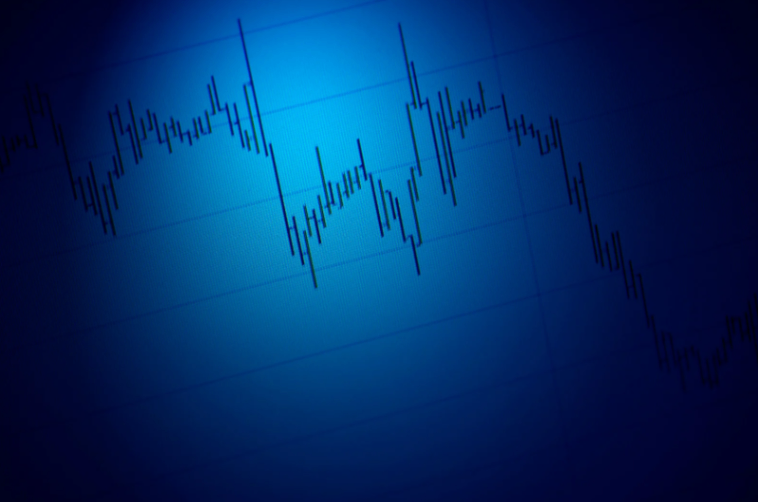Consumer prices growth slowed only slightly to 2.7% due to strong core inflation
Economic commentary by Jaromir Šindel, Chief Economist of the CBA

The CZSO confirmed a slight slowdown in annual consumer price inflation to 2.7% in February from 2.8% in January. This reflects a softer month-on-month growth of 0.2% after a stronger New Year's growth of 1.3% in January. On a seasonally adjusted basis, tobacco prices and imputed rents were the main drivers of February's inflation increase. Core inflation remained at 2.5% y/y growth in February amid continued strong momentum. More detailed data did not confirm the risk of higher core inflation, as some of February's price increases in services were driven by "regulated" postal services.
However, even without this, core inflation continued to grow at a stronger seasonally adjusted 0.27% m-o-m with services price growth again stronger (following stronger services wage growth in Q4). The strong growth in core inflation poses an upside risk to our outlook for consumer price growth of 2.4% y-o-y this year (and 2.2% in 2026). It is also likely to maintain the hawkish view of the CNB, which is thus likely to resume its rate cut (currently at 3.75%) at the May meeting, but not prevent it, as core inflation is still evolving in line with the CNB's forecast.
The main contributors to the moderation in February's month-on-month growth were a stronger month-on-month decline in food and alcohol prices, which corrected the stronger increase in January, and a continued moderate decline in energy prices. However, this is already information we know from the preliminary estimate. The more detailed monthly data point to a somewhat weaker-than-usual February increase in holiday prices, continued growth in tobacco prices (indirect taxes added 0.1% points to February inflation, as they did in January). Added to this are slightly stronger-than-usual increases in imputed rent prices (a reflection of developments in the property market), prices of recreation and in culture, as well as prices of major household appliances.
On a seasonally adjusted basis, tobacco prices and imputed rents were the main drivers of February inflation, along with other goods and services, fuel and food services. Excluding food services, these items have also been the main drivers of CPI over the past three months. Conversely, lower energy and food prices were the main contributors to February's more moderate consumer price growth.